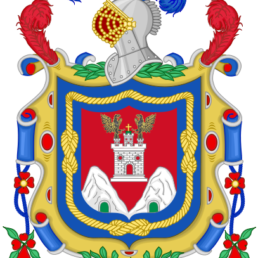Quito is reducing emissions and changing the definition of waste by generating clean energy, creating compost, and recycling paper and cardboard as part of the Organic Waste and Climate Change project.
Under its Development and Land Use Plan, in 2015 Quito launched an integrated waste management project based on the concept of a circular economy, while encouraging social and environmental co-responsibility. The Organic Waste and Climate Change project has three elements: generate 5 MW of electricity by 2017 with landfill biogas, process 12 million tons of organic waste into compost through the construction of a municipal organic waste processing plant, and improve paper and cardboard recycling by means of waste recovery, processing, and commercialization.
13.2% reduction of CO2 by 2016 in burning biogas for electricity
Cities100 – 2016
Citizen engagement was carried out using a combination of outreach campaigns, public meetings, environmental forums, and social media. Information about the project has been made open and transparent for everyone, aiming to include all sectors of the society in decision-making. The project aims to achieve a 33% reduction in greenhouse gas emissions from waste, which is equivalent to approximately 300,000 tons of CO2, by 2017.
The challenge
In Quito, an average of 1,877 tons of waste is sent to the Inga landfill per year, accounting for 13% of the city’s carbon footprint. Sixty percent of waste in Inga landfill is organic, and its decomposition results in the generation of methane, contributing to climate change. By recycling, composting, and generating biogas through the Organic Waste and Climate Change project, Quito is reducing emissions and giving waste a new purpose.
Co-benefits
Economic The waste market is expected to expand, with 13,249 new jobs for material traders arising through the project.
Environmental Since 2015, 37,723 tons of paper and cardboard have been recycled through the project, preventing CO2 emissions from future logging and production.
Health By diverting waste from the landfill, the project improves the hygiene of municipal markets, reducing the risk of infections.
Social The project will link 280 small-scale recyclers, a vulnerable sector of the population, ensuring access to minimum wage.
About Quito
Quito is the capital city of Ecuador, and at an elevation of 2,850 metres (9,350 ft) above sea level, it is the second highest official capital city in the world after La Paz, Bolivia. With a population of 2,671,191 according to the last census (2014), Quito is the second most populous city in Ecuador, after Guayaquil. In 2008, the city was designated as the headquarters of the Union of South American Nations. The historic center of Quito has one of the largest, least-altered and best-preserved historic centers in the Americas.


